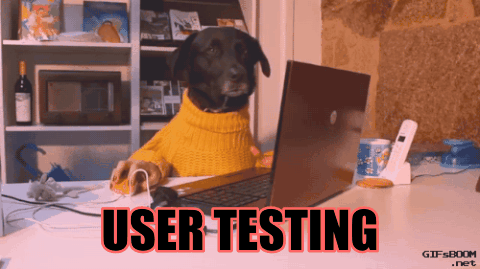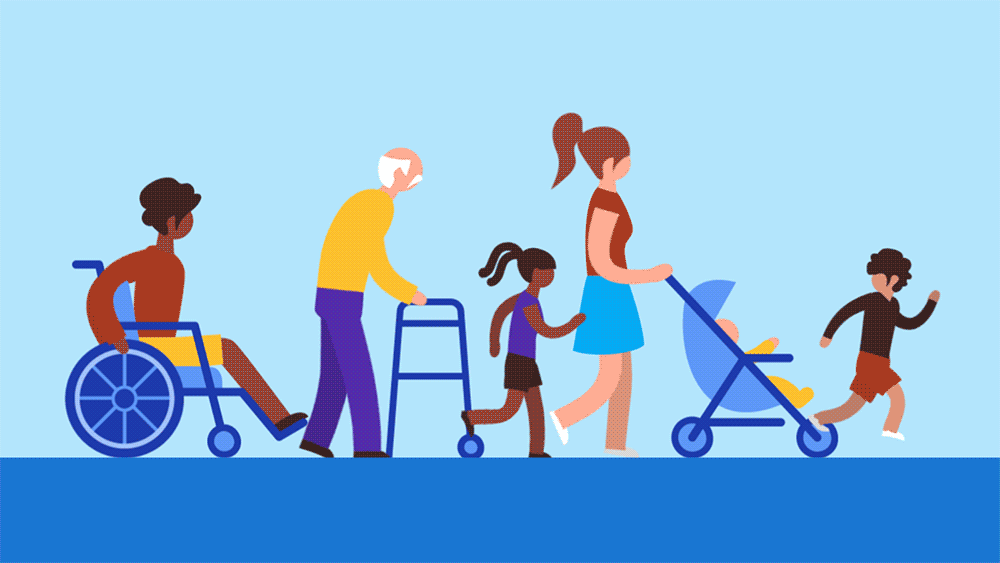MediaMath Internship
Designing performance report, inclusive personas & leading design system
code setup
UX Design Intern / Wannabe New Yorker
Summer 2018, 12 weeks

SKILLS
Contextual Inquiry, Interviews, Qualitative analysis, Inclusive Persona, Data Visualization, Brainstorming, Sketching, Wireframing, User Testing
TEAM
Bella Zhang, Sr UX Designer
Harrison Solomon, Product Manager
Brandon Swed, Content Strategist
Engineering Team
TOOLS
Sketch, Invision,
Pendo Analytics
In Summer of 2018, I worked as a UX Design Intern at MediaMath, on their Enterprise AdTech platform. I worked on two UX Projects along with Product Manager, Senior UX Designers, Content Strategist and Engineers. I also led a coding session to help the UX team set up their design system. Apart from work, I made really good friends, explored New York City, took a lot of photos and ate tons of ice-cream!
The details of my work are omitted due to NDA agreement, hence no designs are shared. Please reach out to me via email and I'll be happy to share more details!
Project 1 : Designing media transparency report
My first project involved designing media transparency report for MediaMath's traders to help them quickly gauge key insights across media types like website, mobile apps and drive smarter business decisions. I have outlined key deliverables, process and bumps I faced.
1
Hi fidelity prototypes of media transparency report that helps 3000+ traders gauge key insights and drive smarter business decisions.
2
Tagged user research insights
& pain points that can be addressed in future change requests
1. Understanding scope & defining success metrics with Product Manager
As soon as I got the project, I first started breaking down the design brief and defining success metrics. My approach to deal with ambiguity is to ask a lot of questions. So I set up multiple 1:1s with my team and played around the platform to understand current scope.


2. Remote Contextual Inquiry Interviews
We kicked off the project with 4 contextual inquiry interviews to understand the problem better and observe users in their natural work behavior. Conducting remote interviews was a new challenge for me as I had to be extra alert to catch behavioral cues otherwise present.
3. Affinity Mapping & something fishy
I created an affinity wall to generate key insights from the interviews. As we had gathered a lot of data, I tagged insights and prioritized those relevant to the current design brief. At the end of our mapping, we noticed something fishy- user's current behavior didn't warrant the need for the new feature we were hypothesizing. Seriously, email me to know what exactly happened!


4. Analyzing patterns in enterprise data using Pendo Analytics
At this point of time, I wanted to dig deeper to see understand if other users are behaving similarly. So to gather more user patterns, I started analyzing data present in the platform as well as logs in Pendo.
5. Brainstorming ideas with trade-offs
Based on what I learnt from analyzing user data, I sketched out alternate designs to our proposed hypothesis with tradeoffs. I presented these ideas to the team and based business value, we narrowed
down the best possible design.

.png)
6. Designing under technical constraints
I started making detailed interaction design decisions. I used Mackinlay’s theory of effectiveness & expressibility to visualize the data in graphs. My experience as a Software Engineer helped me talk to the Engineers and I made informed decisions keeping technical constraints in mind.
7. Creating clickable prototype using Sketch and Invision
Using existing design system, I pulled together elements to create a clickable prototype of the solution in Sketch and Invision.


8. Taking ice-cream breaks!
At this point of time, I was really tired of prototyping and went off to take an ice cream break to cool my mind off and enjoy free stuff MediaMath fed us!
9. User testing & Iteration
I wrote a user testing script and acted as a note-taker for 2 user testings led by Sr UX Designer. Based on user feedback and due to time constraints, I did one iteration of the design and handed off the work over to the Sr. UX Designer.

Project 2 : Designing inclusive personas to represent 1000+ diverse users in 2 roles
My second project was to create role-based personas to represent a wide & diverse range of 1000+ users. I decided to tackle this task by designing personas so that they are as inclusive as possible. I also attended a inclusive persona workshop at UXPA International 2018 which helped me further in my process. I have outlined key deliverables & inclusive principles I formulated.
1
Two role based inclusive personas that represent 1000+ diverse users to help Product Team make user centered decisions
2
UI template of persona
designed using inclusive principles
3
Synthesized research insights to be used for on-going customer journey map and service blue print
1. Using Avatars or even Animals instead of people faces
Using avatars or even animals faces are more neutral approach to show pictures in personas as they are minimal to zero representative of any facial features. Animals such as a hawk can also show personality of your persona of being sharp.

Avatar credit - Pablo Stanley

2. Avoid skin color in faces
Avoiding skin tone or just use a simple grey can be used to represent a diverse set of users who are of different race, culture and ethnicity.
3. Adjective rather than people names
People names such as Cathy or Priyanka often leave an impression of person's regional identity. To be more inclusive, persona's name & personality can be expressed through adjectives.


4. Accessibility considerations
While building personas, one must think of accessibility considerations and can include that as a separate section. This can, for example, help a designer or engineer keep in mind color contrast of screens while creating experiences.
Helping-the-team-out Project : Coding session for UX Team to setup design system code
My experience as a Senior Software Engineer, enabled to take initiative and mentor the UX team in setting up dev applications and code required to kick off their design system project. During the session I gave them an overview of GitHub, MacDown and Sublime Text Editor, and helped in command line based installations.
Reflecting back - UX in the Real World
This summer I got a taste of UX in the Real World. By working in a multidisciplinary team, I got different perspectives on the same problem, learnt how to work under technical & business constraints, and learnt how to design for a wider, diverse audience.
When I look back and think about my job as a Developer in Akamai, I realized that we worked mostly as silos after gather requirements on a task. My team at MediaMath collaboratively solved problems and that’s what I have come to love about UX.
All in all, I am happy to have gained this internship experience on my transitional journey from Development to User Experience.